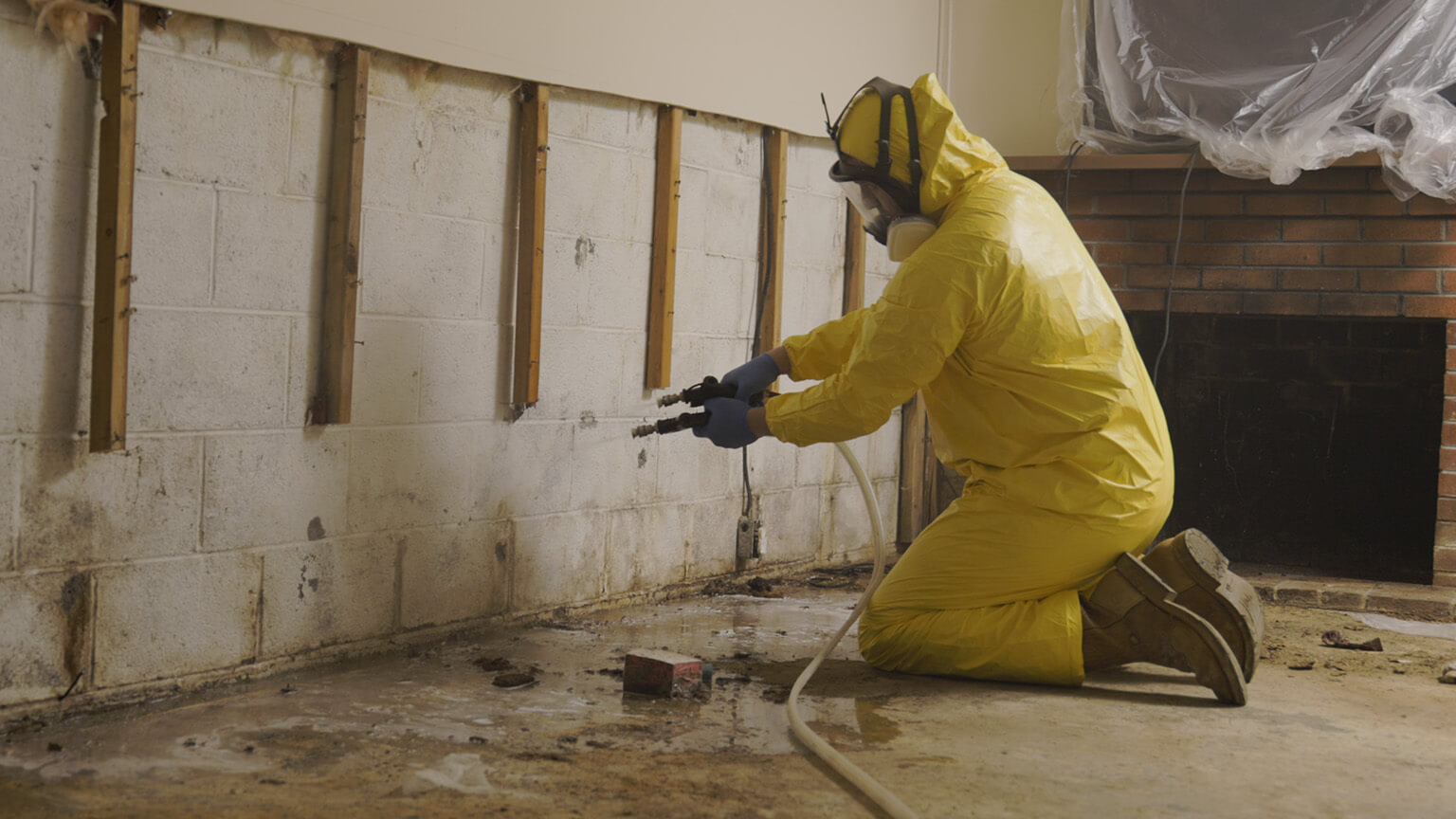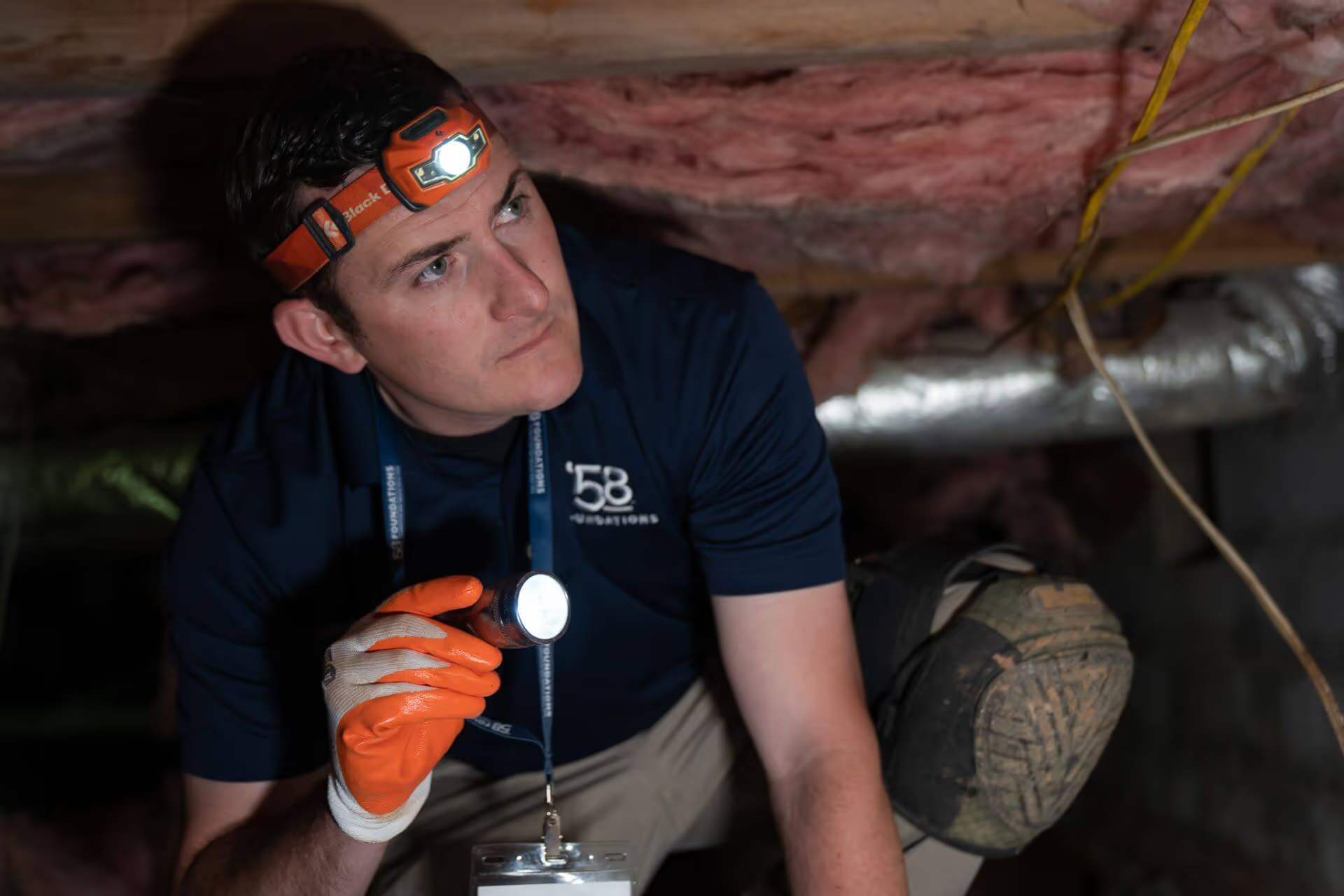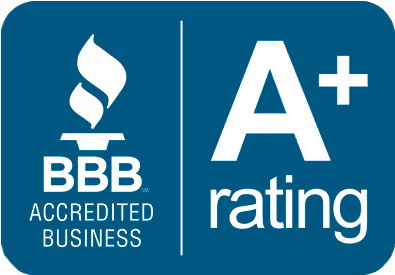Discovering mold in your basement can be alarming. Not only is mold unsightly and unpleasant, but it also poses serious health risks and can lead to significant structural damage if left untreated. The good news is that a moldy basement can indeed be fixed, but the process requires thorough assessment, remediation, and preventative measures to ensure that the problem doesn’t return. In this article, we’ll explore the steps involved in fixing a moldy basement, from identifying the cause of the mold growth to implementing long-term solutions.
Understanding Mold Growth in Basements
Mold thrives in environments where moisture is present. Basements are particularly susceptible to mold growth because they are often damp, dark, and poorly ventilated. Mold can grow on a variety of surfaces, including wood, drywall, insulation, and carpeting. The key to fixing a moldy basement is addressing both the mold itself and the underlying moisture issues that allowed it to grow in the first place.
Common Causes of Mold in Basements:
- Leaks: Water leaks from plumbing, foundation cracks, or windows can create a constant source of moisture for mold to thrive.
- Condensation: Poor insulation or temperature differences between the inside and outside of the basement can lead to condensation on walls and floors.
- Flooding: Past flooding events, whether from heavy rainfall, sewer backups, or broken pipes, can leave behind moisture that fosters mold growth.
- High Humidity: Basements that are not adequately ventilated often have higher humidity levels, creating an ideal environment for mold.
Assess the Extent of the Mold Problem
Before you can effectively fix a moldy basement, it’s important to assess the extent of the problem. Mold can be visible on surfaces, but it may also be hidden behind walls, under flooring, or in insulation.
Inspection Tips:
- Visual Inspection: Look for visible signs of mold, such as black, green, or white spots on walls, ceilings, and floors. Pay close attention to corners, windows, and areas around plumbing fixtures.
- Odor: Mold often produces a musty smell, which can be a sign of hidden mold growth.
- Moisture Detection: Use a moisture meter to check for dampness in walls, floors, and other areas where mold might be growing out of sight.
- Professional Assessment: If the mold is widespread or you suspect hidden mold, it may be necessary to hire a professional mold inspector to conduct a thorough assessment.
Address the Source of Moisture
Mold will continue to grow as long as moisture is present, so identifying and addressing the source of moisture is a critical step in fixing a moldy basement.
Common Moisture Sources and Solutions:
- Leaks: Repair any leaks from plumbing, windows, or foundation cracks. Ensure that gutters and downspouts are directing water away from the foundation.
- Condensation: Improve insulation on basement walls and pipes to reduce condensation. Consider installing a vapor barrier on walls to prevent moisture from entering.
- Flooding: If your basement is prone to flooding, consider installing a sump pump, French drain, or other drainage systems to manage water during heavy rains.
- Humidity: Use a dehumidifier to keep humidity levels in the basement below 60%. Ensure proper ventilation by installing exhaust fans or opening windows when possible.
Remove Mold Safely
Once the source of moisture has been addressed, the next step is to remove the existing mold. Mold removal can be a DIY project for small areas, but larger infestations or toxic molds, such as black mold, may require professional remediation.
DIY Mold Removal:
- Protective Gear: Wear gloves, a mask (N95 or higher), and goggles to protect yourself from inhaling mold spores or coming into direct contact with the mold.
- Cleaning Solutions: For non-porous surfaces like tile or concrete, use a mixture of water and detergent or a commercial mold remover. Scrub the affected area thoroughly and rinse with clean water.
- Disposal of Contaminated Materials: Porous materials like drywall, carpeting, and insulation that are heavily infested with mold should be removed and discarded. Seal them in plastic bags before disposal to prevent the spread of mold spores.
- Drying: After cleaning, ensure that the area is completely dry to prevent mold from returning. Use fans, dehumidifiers, and heaters to speed up the drying process.
Professional Mold Remediation:
- When to Call a Pro: If the mold covers more than 10 square feet, is located in hard-to-reach areas, or involves toxic mold, it’s best to hire a professional remediation service. Professionals have the expertise, equipment, and safety protocols to effectively remove mold and prevent it from returning.
- Mold Testing: In some cases, professional mold testing may be recommended to identify the type of mold and the extent of contamination, particularly if health issues are a concern.
Repair and Restore the Basement
After mold removal, the affected areas may need to be repaired and restored. This can include replacing damaged drywall, insulation, flooring, and other materials. It’s important to use mold-resistant products when restoring your basement to reduce the risk of future mold growth.
Restoration Tips:
- Mold-Resistant Drywall: Consider using mold-resistant drywall, which is treated with chemicals that inhibit mold growth, for walls in the basement.
- Flooring: If possible, avoid using carpet in basements, as it can trap moisture and provide a breeding ground for mold. Instead, opt for moisture-resistant flooring options like tile, vinyl, or sealed concrete.
- Paint: Use mold-resistant paint on walls and ceilings to create a protective barrier against moisture.
Implement Long-Term Preventative Measures
To ensure that your basement remains mold-free, it’s important to implement long-term preventative measures. These steps will help you maintain a dry, healthy basement and prevent mold from returning.
Preventative Measures:
- Regular Inspections: Conduct regular inspections of your basement for signs of moisture or mold. Early detection can help you address issues before they become major problems.
- Control Humidity: Use a dehumidifier to maintain indoor humidity levels below 60%, especially during the warmer, more humid months. Empty the dehumidifier regularly and ensure it is functioning properly.
- Address Leaks Promptly: If you notice any leaks, water stains, or signs of moisture, address them immediately to prevent mold from gaining a foothold.
- Waterproofing: Consider waterproofing your basement if it is prone to moisture issues. This may include sealing cracks, applying waterproof coatings to walls and floors, and improving exterior drainage systems.
When to Seek Professional Help
While many homeowners can successfully address mold issues on their own, there are situations where professional help is necessary:
- Widespread Mold Growth:
- Extent: If mold has spread across a large area of your basement, it’s best to hire a professional to ensure thorough and effective remediation.
- Complexity: Mold that has infiltrated structural elements like beams or joists, or that is growing behind walls or under floors, may require specialized equipment and expertise to remove.
- Toxic Mold:
- Health Risks: Toxic molds, such as black mold, pose significant health risks, and should be handled by professionals who can safely remove the mold and prevent further contamination.
- Testing: Professionals can conduct mold testing to identify the type of mold and recommend the appropriate remediation strategy.
- Persistent Moisture Issues:
- Unresolved Problems: If you’ve addressed visible sources of moisture but still experience mold growth, there may be hidden issues such as foundation leaks or improper drainage. A professional can conduct a thorough inspection and recommend solutions.
Mold Can Be Fixed
A moldy basement can be a serious problem, but with the right approach, it can be fixed. The key to success lies in thoroughly addressing both the mold itself and the underlying moisture issues that allowed it to grow. By following the steps outlined above—assessing the extent of the problem, addressing moisture sources, removing mold, repairing damage, and implementing long-term preventative measures—you can restore your basement to a healthy, mold-free condition.
In some cases, particularly with widespread or toxic mold, professional remediation may be necessary to ensure the safety and effectiveness of the cleanup process. Whether you handle the issue yourself or seek professional help, taking action to fix a moldy basement will protect your home and your health, giving you peace of mind and a safer living environment for years to come.
’58 Foundations and Waterproofing Can Help
If you are experiencing potential mold issues in your basement calling in a professional such as ’58 Foundations and Waterproofing that specializes in these services can help. We will provide you with a zero obligation FREE inspection to help you determine the severity of your situation and the best solutions available. Remember that putting an inspection off can lead to more costly remedies down the line.






